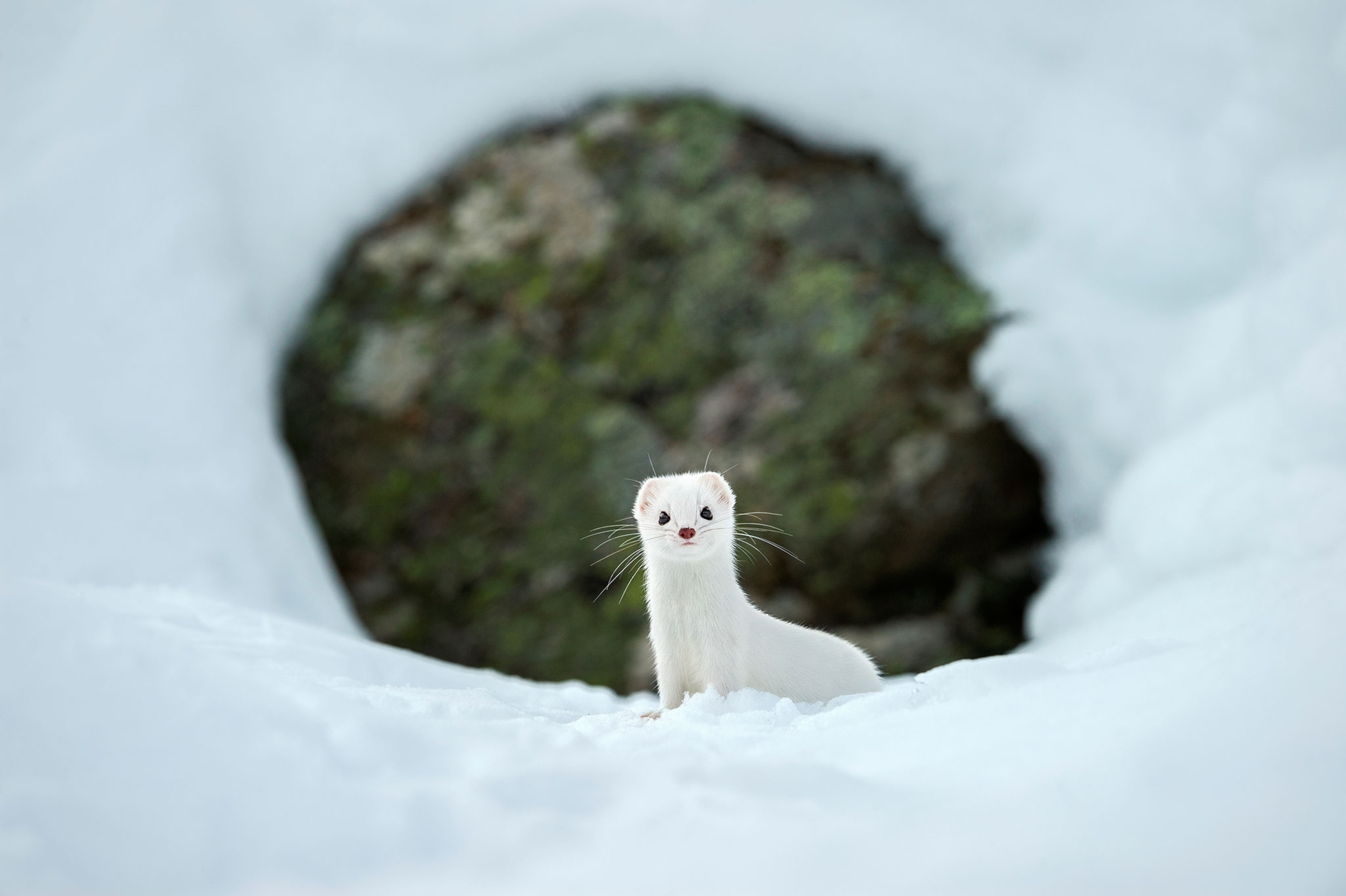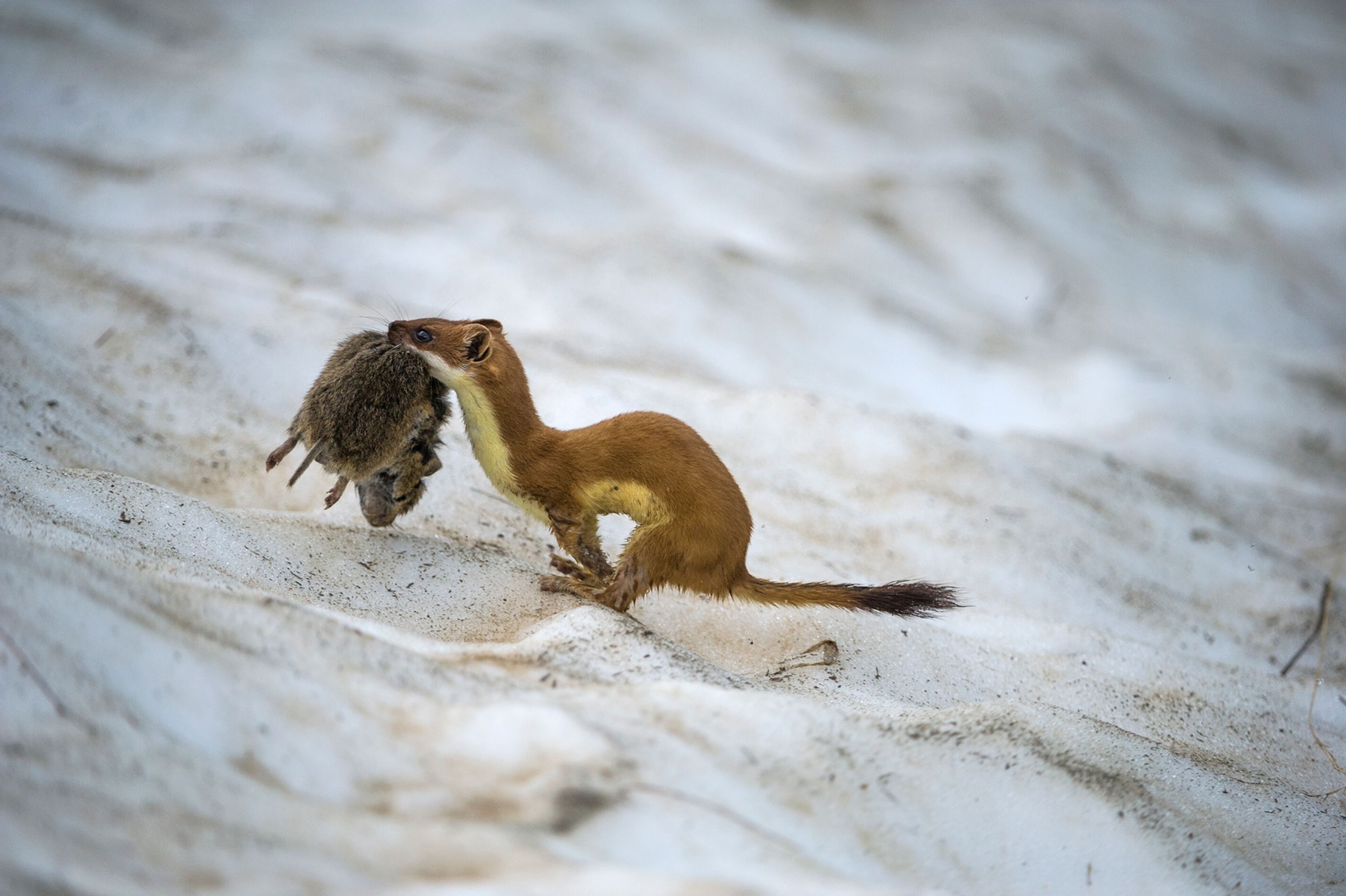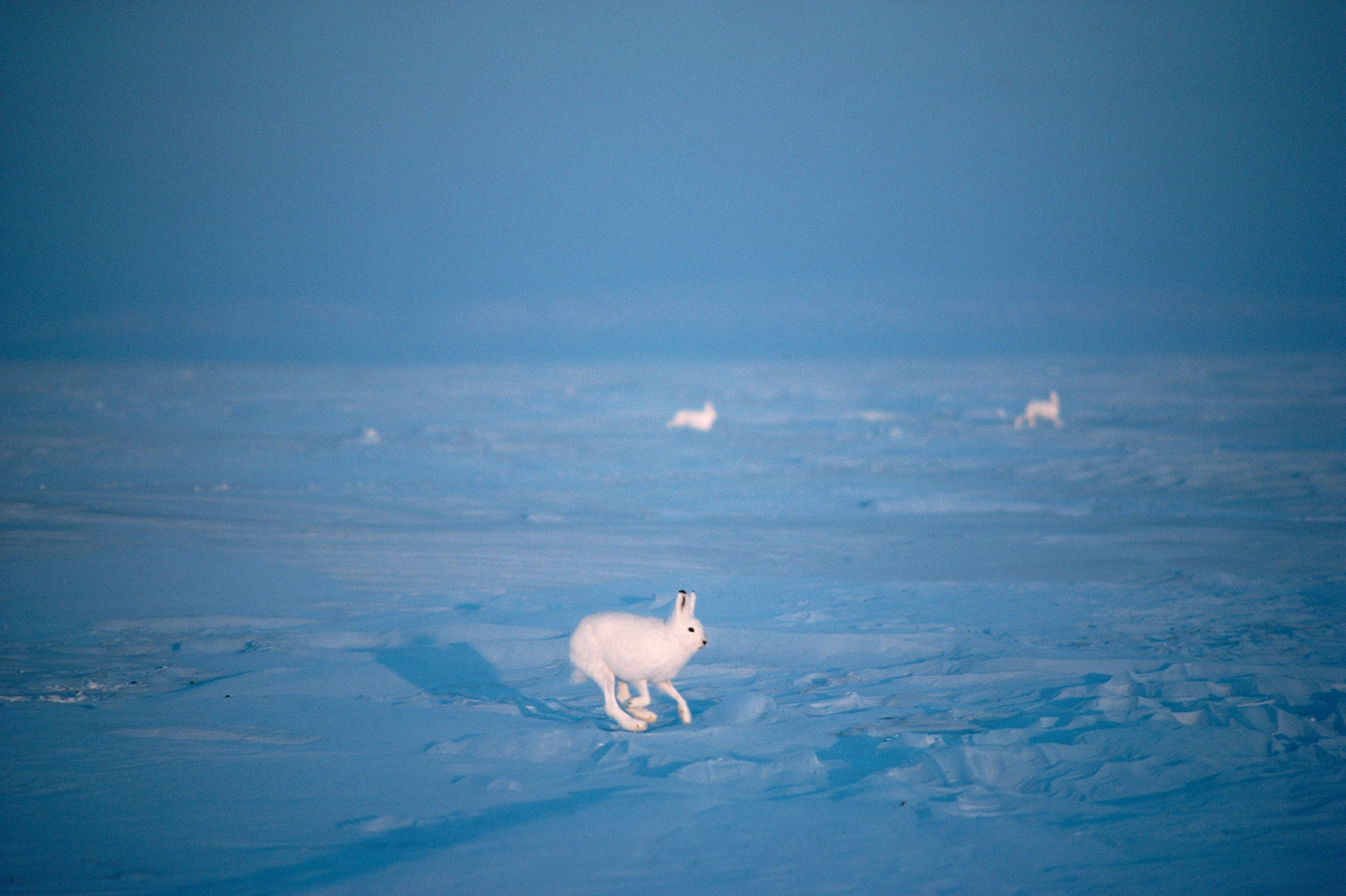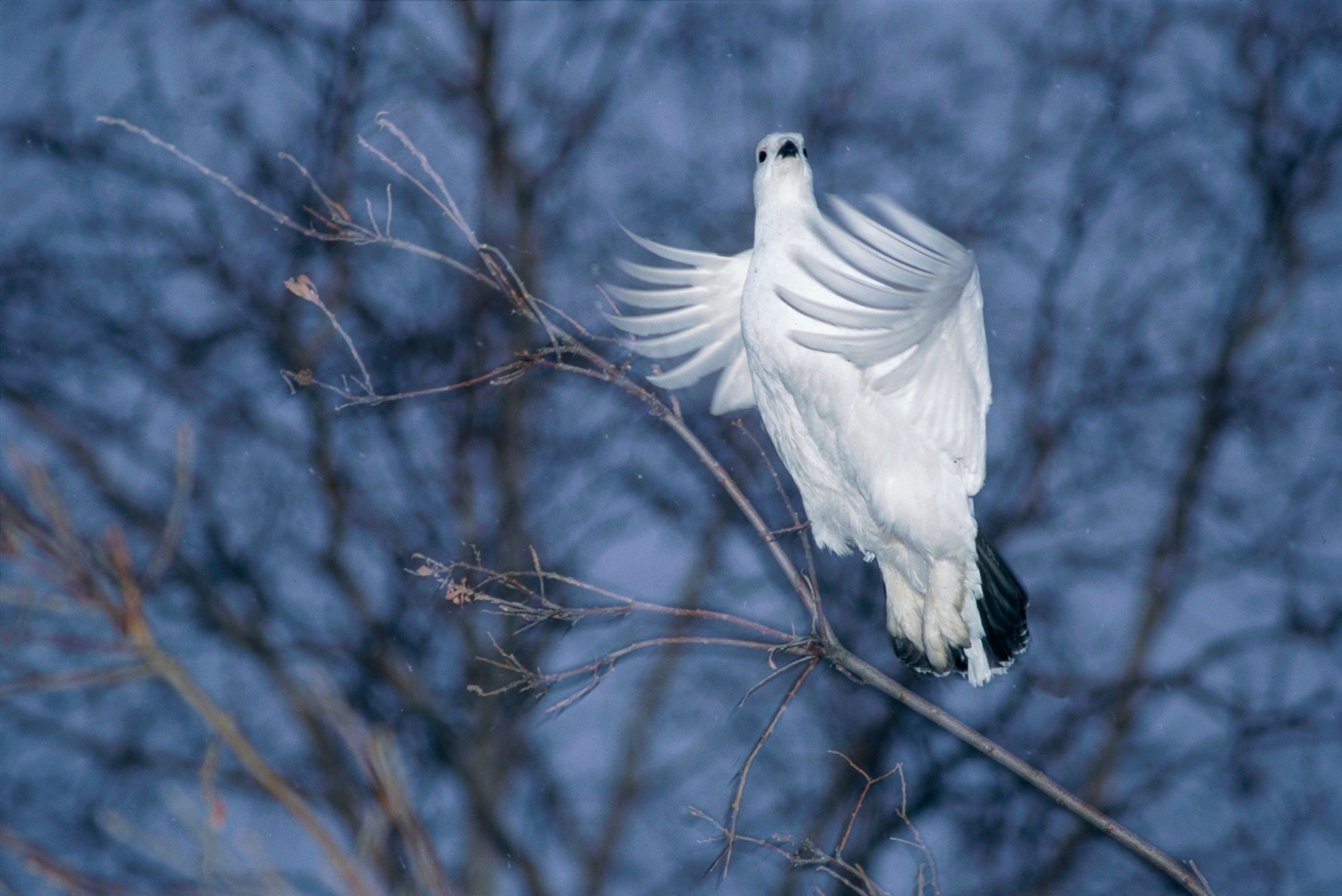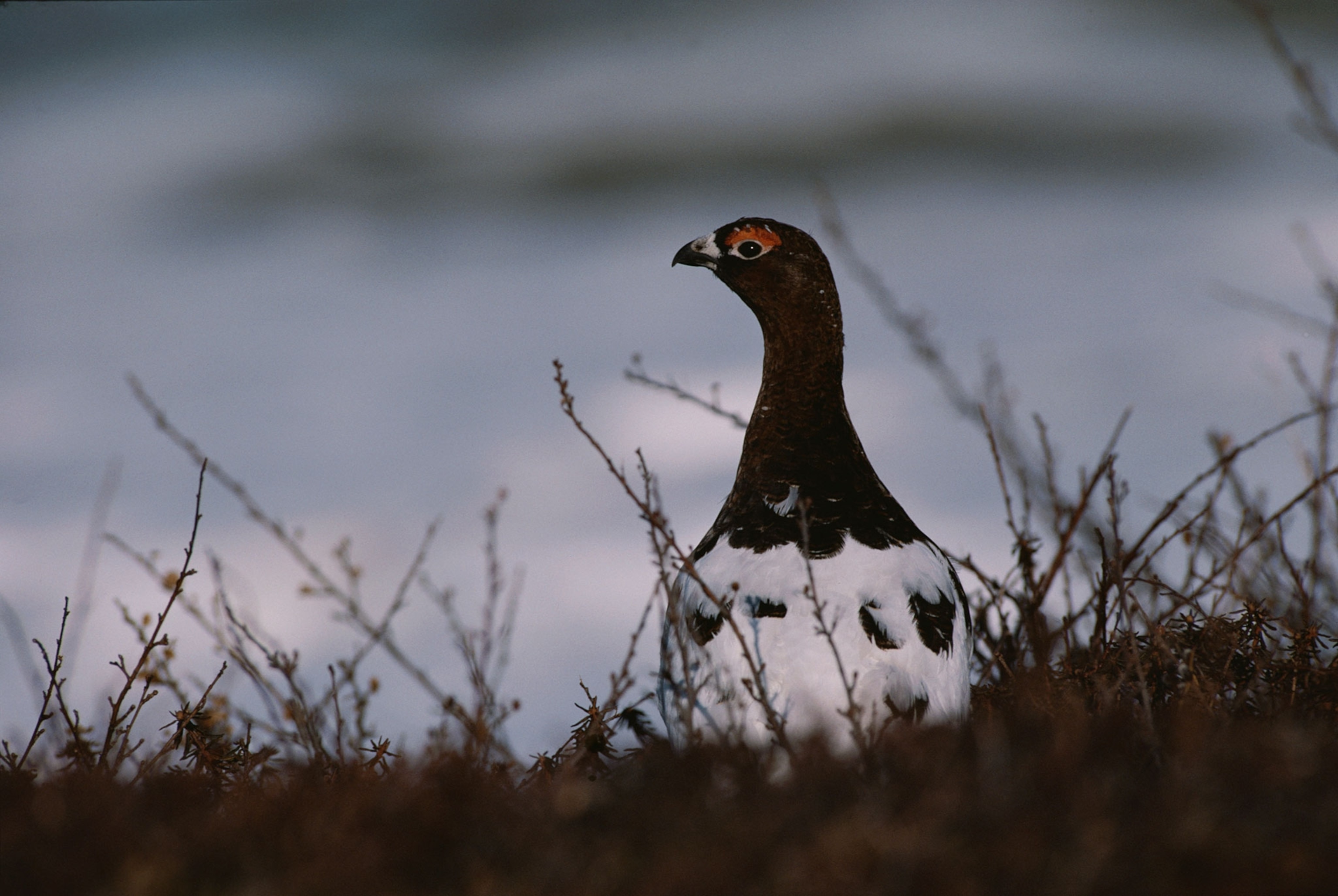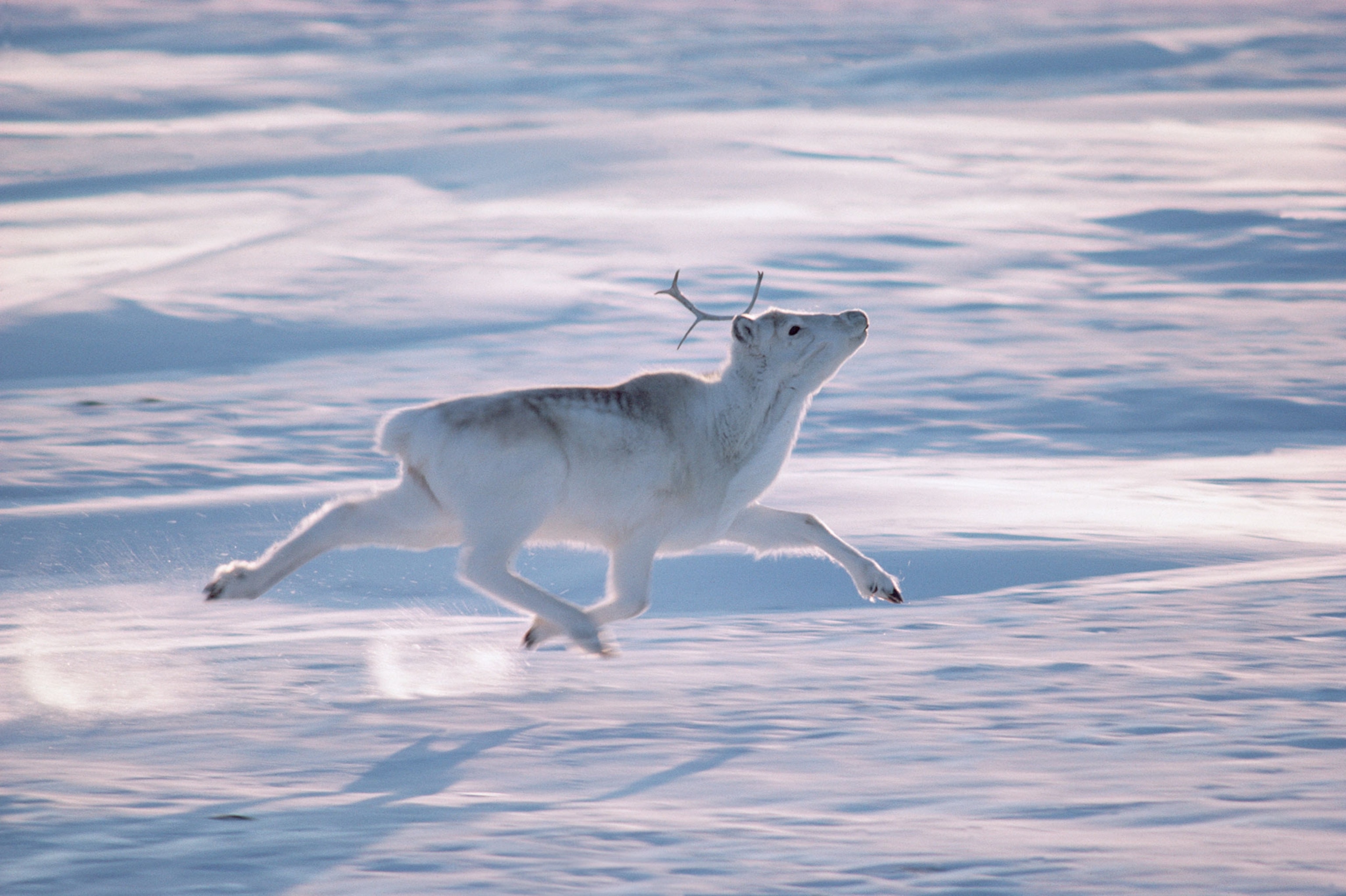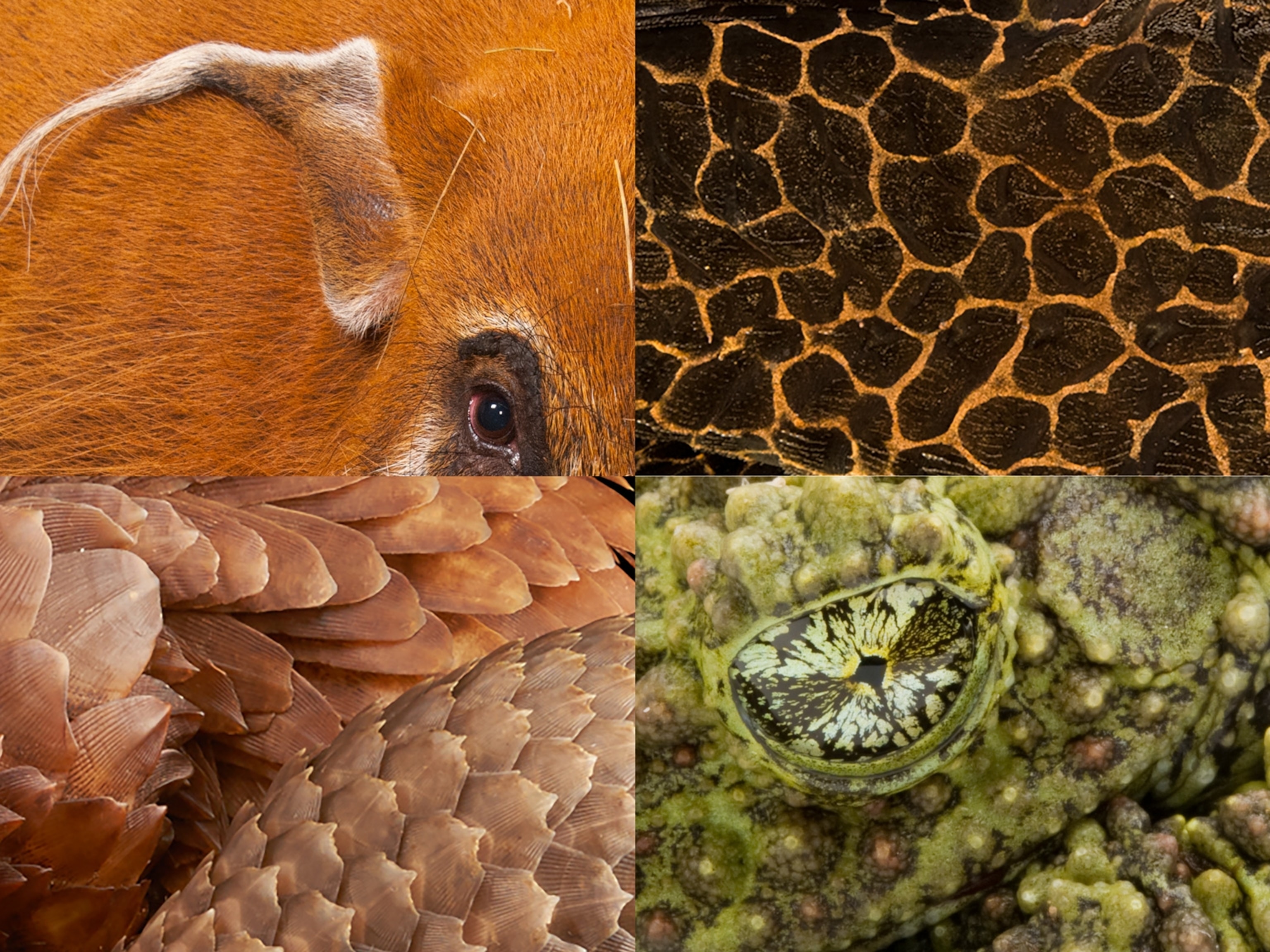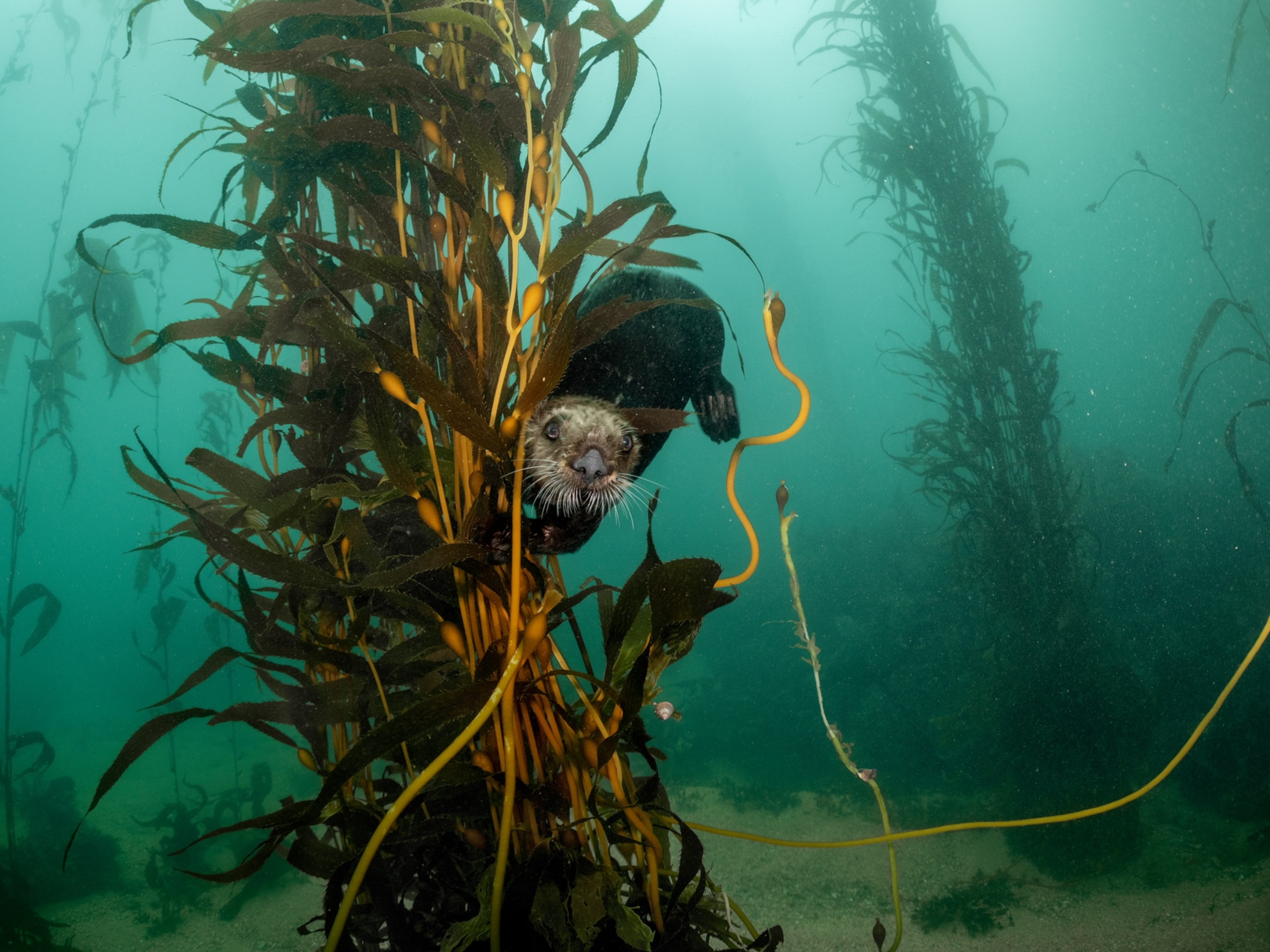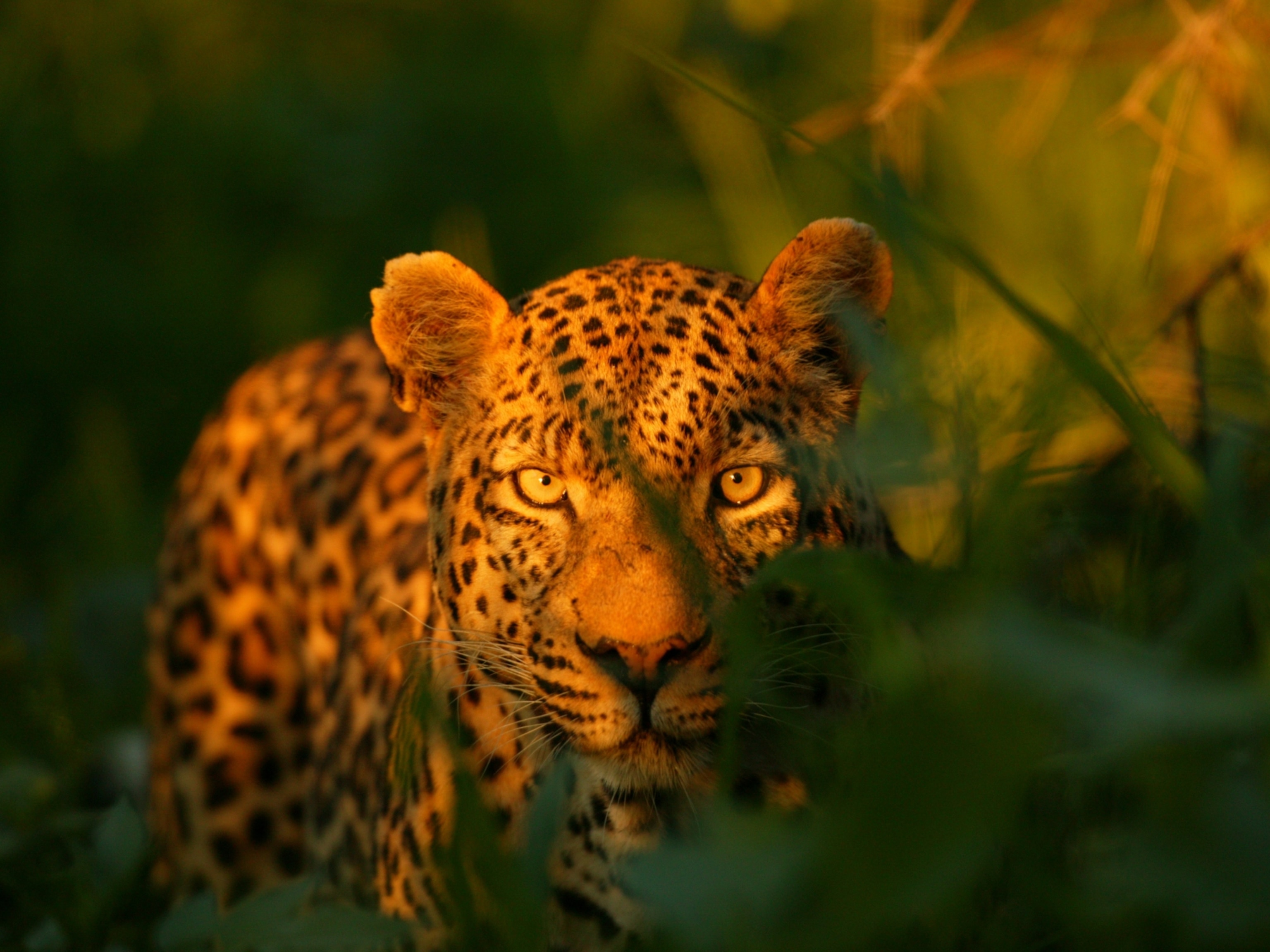Before and After: See Animals Change Their Coats for Winter
Many northern species grow heavier, whiter fur to camouflage and keep warm in frigid weather.
To survive icy and snowy seasons, nature outfits many animals with spectacular winter coats.
Just as people protect themselves from harsh elements by donning coats, hats, gloves, and boots, many animals on the northern tundra develop heavier coats to keep them warm in frigid weather.
Some grow hair on their feet for better insulation and traction, like the Arctic fox, which uses its fur-covered paws like snowshoes to navigate winter terrain. (Also see “15 Pictures of Cute, Cuddly Animals Playing in the Snow.”)
Snow-white coats serve as camouflage for animals like the Arctic hare, as well as the stoat, which is also called an ermine (pictured above in its signature winter wear).
Its coat may help hide the ermine from predators, but its stunning beauty has also attracted people, too. Historically admired by royalty, ermine pelts were used for royal robes, in portraits, and as a design in heraldry.
White coats may also keep animals toasty. It’s thought white fur, lacking pigment, has more space in its hair shafts. When air fills the empty spaces, it could trap the animal’s body heat and provide insulation from the cold. Birds experience a similar benefit when they fluff their feathers, trapping pockets of air close to their body for added warmth.
As temperatures warm and summer approaches, animals molt, shedding their winter-white coats for earthier hues. With new shades of brown, gray, black, and red, their coats reflect the change in seasons and new ground cover and vegetation. (“Our Favorite Vintage Photos of Winter.”)
View the photo gallery to see our roundup of animals’ winter looks.
